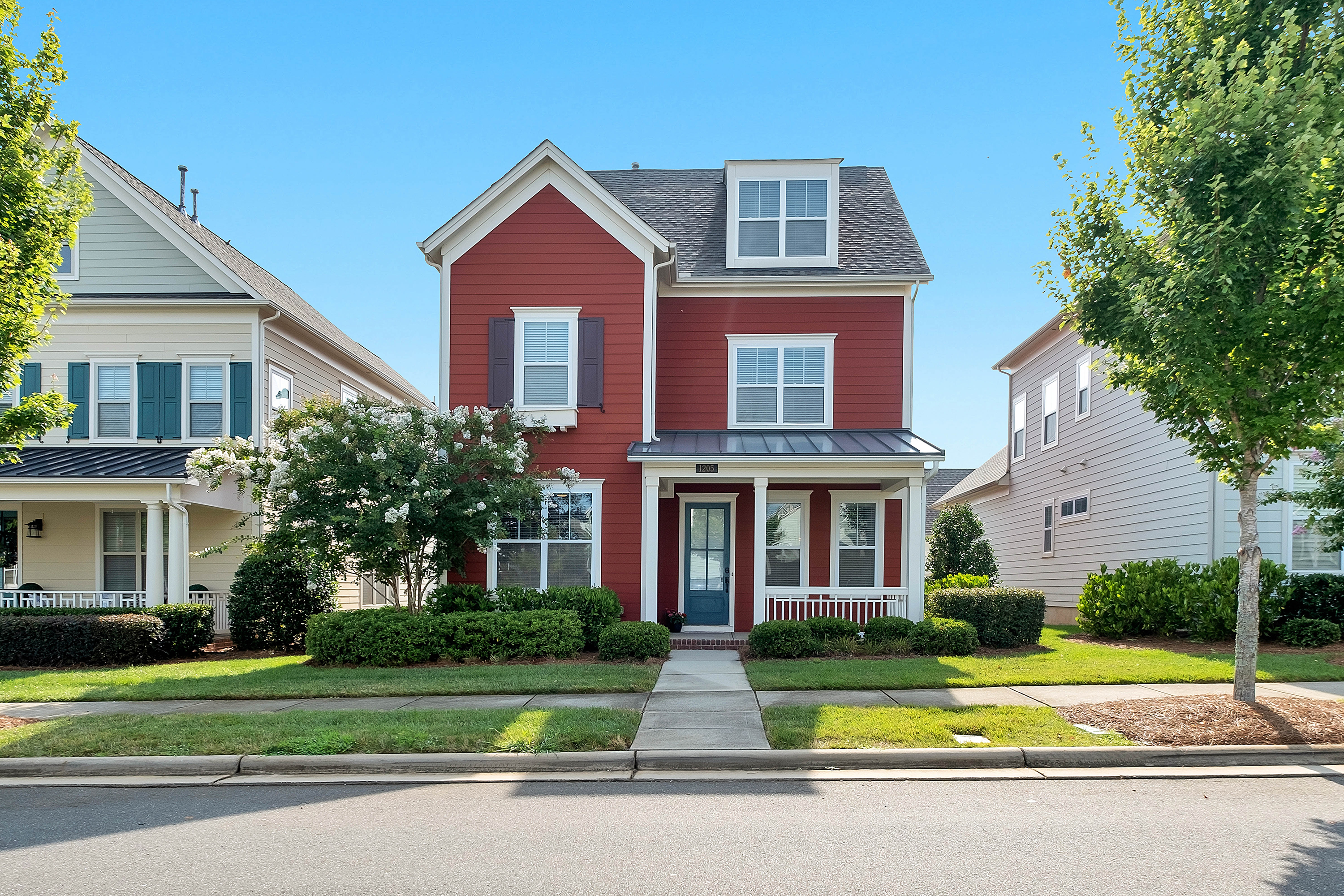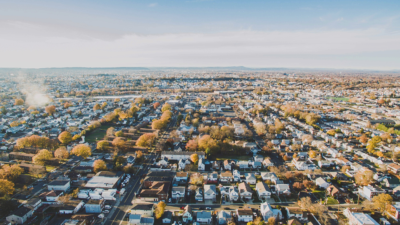
Sign up for smart news, insights, and analysis on the biggest financial stories of the day.
Is it still a seller’s market if nobody’s selling?
Just 14 of every 1,000 US homes, or a little more than 1%, have changed owners so far in 2023, marking the lowest house turnover rate in at least a decade, according to an analysis of MLS data published Tuesday by real estate firm RedFin. Turnover rates effectively measure housing availability — meaning prospective home buyers have exceptionally few options.
The Last House Left on the Market
The dearth of available houses was inevitable. The pre-pandemic turnover rate of roughly 20 of every 1,000 sellable homes in the first half of 2019, according to Redfin, marked a typical but not exactly active market. Freddie Mac had estimated in 2018 that the housing market needed another 2.5 million new homes to meet demand. Then came the perfect cocktail for new home sales: the pandemic, remote work, ultra-low interest rates, and a plethora of free time for which the only solution was a sprawling mid-century modern with 4 bedrooms and 3.5 baths.
But just as supply shriveled, rapid inflation led to rising interest rates. Prospective buyers were boxed out, while new owners’ blessedly low mortgage rates turned into golden handcuffs — thus marking the worst time in history for buyer’s remorse. This June marked the first time in about a year that the average home sold above its listing price, according to RedFin, while the median sale price nearly touched an all-time high.
The shortage has crunched nearly every housing market:
- There are effectively 33% fewer 4+ bedroom single-family suburban homes on the market compared to 2019, RedFin calculates, and 30% fewer two-or-three-bedroom suburban homes. Overall, prospective buyers face a market that’s 28% smaller than in 2019.
- Major metropolitan areas in California have the lowest turnover rate in the country. Meanwhile, Newark, New Jersey, holds the highest turnover rate, with roughly 24 out of every 1,000 homes changing hands so far this year, followed closely by Nashville and Austin.
“Mortgage rates dropping closer to 5% would make the biggest dent in the affordability crisis by freeing up some inventory and bringing monthly payments down,” RedFin’s deputy chief economist Taylor Marr said in the report. “But there are a few other things that would boost turnover and help make homes more affordable. Building more housing is imperative, and federal and local governments can help by reforming zoning and making the building process easier.”
Home is Where the Heart is: Despite the pandemic home-buying spree, Americans are increasingly shunning the idea of leaving town. Due to ongoing economic uncertainty and the high cost of moving, the national moving rate has been on the decline for the last six years through 2022, according to data analyzed by the National Association of Realtors. Maybe there is no place like home after all. At least, no place cheaper.











